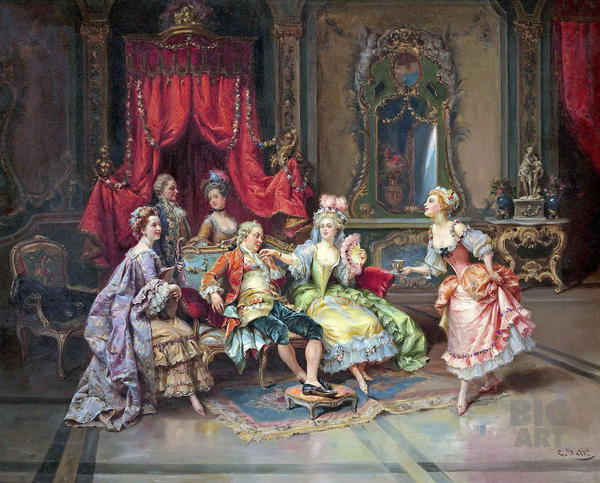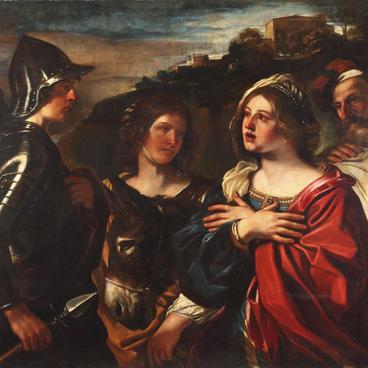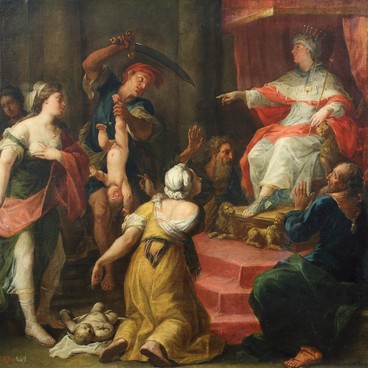Italian artist Cesare Agostino Detti painted Blind Man’s Bluff in 1869. He depicted a scene of the everyday Italian life. Children are playing the Blind Man’s Bluff and are making fun of the girl who is the chaser: one of the boys is waving a kerchief attached to a tree brunch in front of her face. The Italians call this game а mosca cieca — a blind fly or a blind flight.
Blind Man’s Bluff
Creation period
1869
Dimensions
49,5x61,5 cm
Technique
canvas, oil painting
Collection
Exhibition
4
Open in app#1

Cesare Agostino Detti
Blind Man’s Bluff
#2
#3
The artist constructed a multi-figure composition in a classic style — it is very well organized and has no play of chance. The artist placed the children in the foreground and divided them into several interconnected groups. Each group fits into a regular geometric figure — a pyramid. Everyone is looking at the central personages highlighted by Cesare Detti with the help of light and composition.
#4
The painting belongs to an early period of the artist’s work. The artistic school of Macchiaioli affected greatly this work in 1860-s. This school united the artists picturing the real life of Italy. Their works featured a very open manner and juicy colorful spots — the name of the school comes from the Italian word macchia (spot).
Cesare Detti drew the real life topics from Macchiaioli; however, the manner of painting in Blind Man’s Bluff remained academic, i.e. very smooth, where separate color strokes are invisible. In this painting separate strokes may be seen only in certain points — e.g., in depicting the interior.
#5
Blind Man’s Bluff is a rare painting for Detti. The artist was famous among his contemporaries for quite different work. Mainly, he depicted genre scenes from the previous centuries featuring such characters as Louis XV, Henry III. As a rule, he turned to light stories about gallants and ladies, musicians and artists of the preceding centuries.
#6
Cesare Agostino Detti. Louis XV in the throne room. Source: www.wikigallery.org
#7
Detti worked at every detail of the costumes. He took into account the real fashion of different times and skillfully depicted the specifics of different attires.
Чезаре Аугуст Детти. Музыканты. 1872 год. Источник: www.wikigallery.org.
#10
Detti worked at every detail of the costumes. He took into account the real fashion of different times and skillfully depicted the specifics of different attires. Art historian Janet L. Whitmore said that is was not by accident that Detti was commissioned to illustrate romantic English novels due to his skills of painting costumes of different epochs. The artist illustrated novels about Old England by Walter Scott in 1886 and 1888 – first The Abbot, and then The Fair Maid of Perth.
#9
In Blind Man’s Bluff Detti used the same thorough approach to costumes – the national costumes of children are easily recognizable.
#11
Yaroslavl Museum of Fine Arts
read morehide
00:00
00:00
1x
Blind Man’s Bluff
Creation period
1869
Dimensions
49,5x61,5 cm
Technique
canvas, oil painting
Collection
Exhibition
4
Open in app
Share




